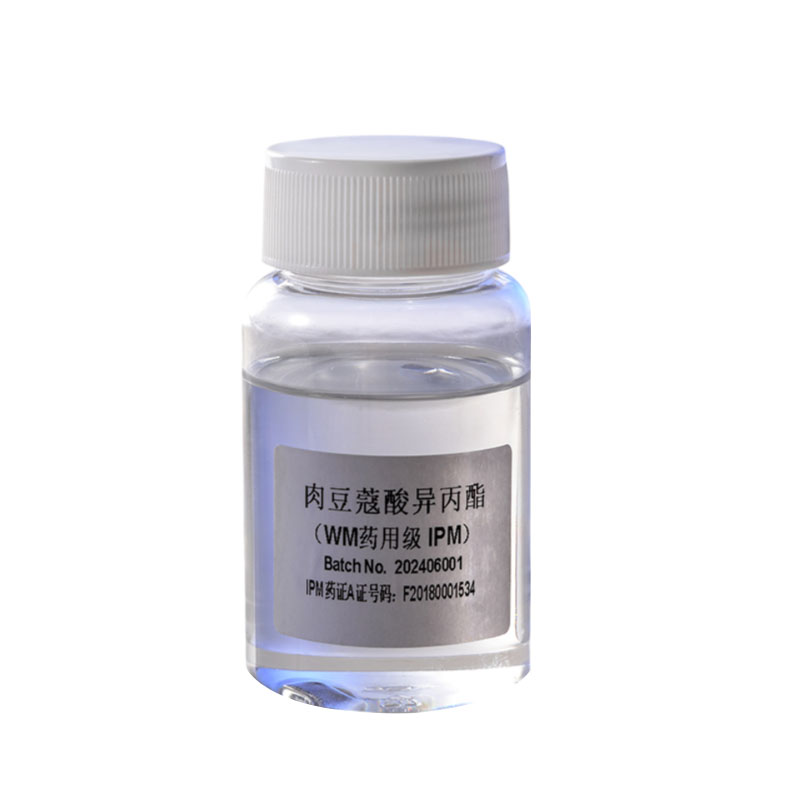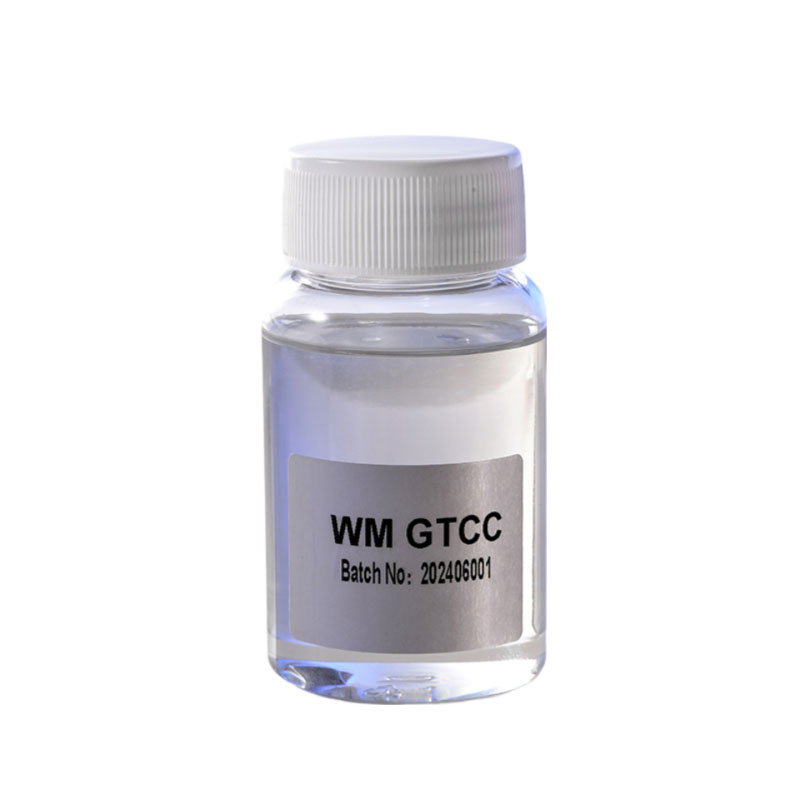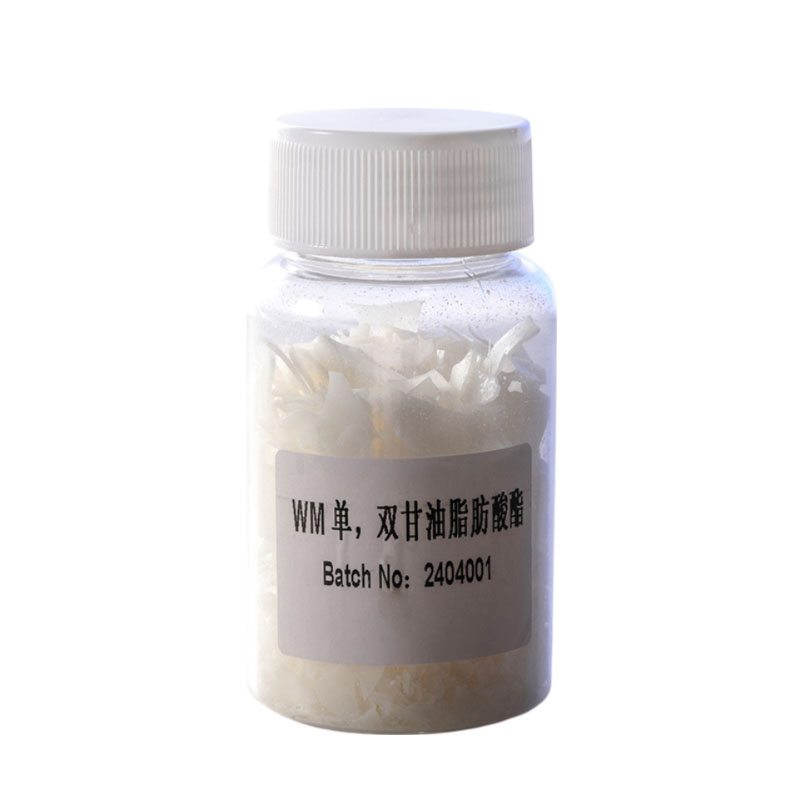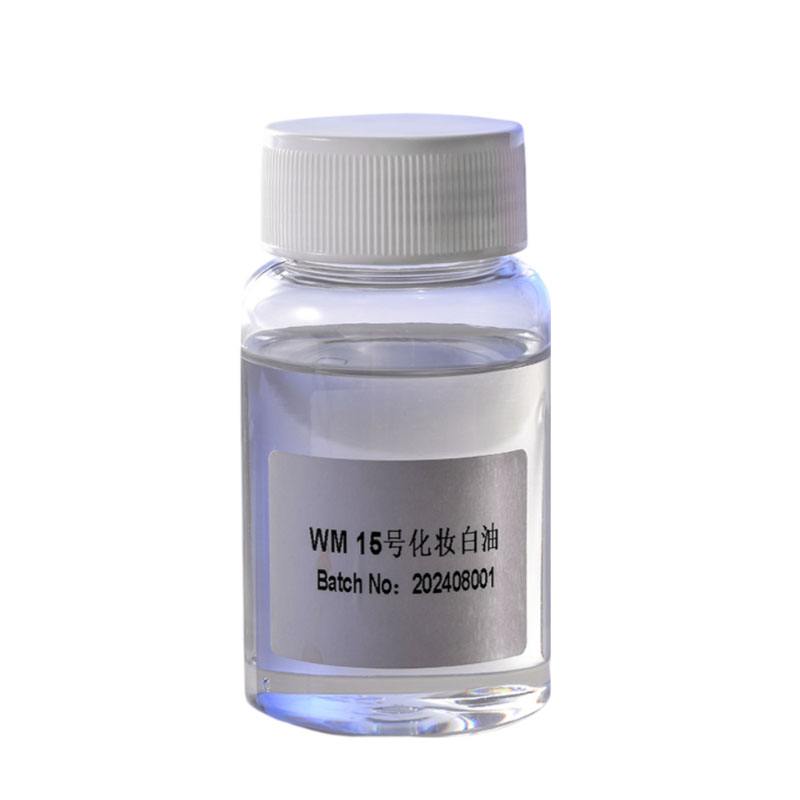How do cosmetic-grade GTCCs affect the particle size and stability of emulsions in cosmetic emulsion systems?
Release Time : 2025-11-17
In modern cosmetic formulations, the stability of the emulsion system directly determines the product's appearance, feel, efficacy release, and shelf life. As a widely used synthetic ester oil, glycerin tricaprylate/caprate (GTCC) plays multiple roles in O/W or W/O emulsion systems due to its excellent physicochemical properties. GTCCs, in particular, demonstrate a unique and crucial role in regulating emulsion particle size distribution and improving long-term stability.
1. Physicochemical Properties of GTCCs: Low Viscosity and High Compatibility as the Foundation
GTCCs are mixed triglycerides formed by the esterification of medium-chain fatty acids and glycerol. At room temperature, they are colorless, odorless, transparent, low-viscosity liquids with excellent spreadability and skin penetration. Its short and regular molecular structure, with moderate polarity, allows it to be well miscible with various vegetable oils, silicone oils, and waxes, and also forms a synergistic interfacial film with nonionic emulsifiers. This high compatibility enables it to be uniformly dispersed in the oil phase, providing an ideal foundation for constructing a fine and homogeneous emulsion system.
2. Controlling Emulsion Particle Size: Promoting Micronization and Uniform Distribution
Emulsion particle size is a core parameter affecting product stability and skin feel. The smaller the particle size and the narrower the distribution, the less likely the emulsion is to separate, flocculate, or undergo Ostwald ripening. GTCC optimizes particle size through the following mechanisms:
First, its low viscosity significantly reduces the overall viscosity of the oil phase, making oil droplets more easily broken up by shear force during homogenization, thus forming finer initial droplets. Experiments show that, under the same homogenization conditions, the average particle size of an O/W emulsion with 5% GTCC can be reduced by 20%–30% compared to a pure mineral oil system.
Secondly, GTCC can form a dense and elastic composite film with the main emulsifier at the oil-water interface, effectively reducing interfacial tension and inhibiting droplet aggregation after collision. This interfacial strengthening effect ensures stable particle size in the emulsion during storage, preventing particle size growth caused by droplet coalescence.
3. Enhanced Long-Term Stability: Dual Protection Against Oxidation and Maturation
GTCC itself does not contain unsaturated double bonds, exhibiting excellent oxidative stability and is not prone to rancidity. Introducing it into the emulsion system can reduce off-odors, discoloration, and interfacial film damage caused by oil oxidation, delaying emulsion deterioration from the source.
More importantly, GTCC has a significant effect on inhibiting Ostwald maturation. This phenomenon arises from the dissolution of small droplets due to their high curvature and internal pressure, while larger droplets continue to grow, eventually leading to demulsification. Due to its small molecular weight and extremely low water solubility, GTCC's solubility in the aqueous phase is far lower than that of long-chain triglycerides, significantly reducing the driving force of mass migration, thereby effectively inhibiting the maturation process and extending the physical stability of the emulsion to over 12 months.
4. Synergistic Effect: Optimized Skin Feel and Formulation Compatibility
Besides stability, GTCC imparts a light, non-greasy feel to emulsions, improving spreadability and absorption speed, and avoiding the "occlusive feeling" associated with traditional mineral oils. Simultaneously, its chemical inertness makes it highly compatible with active ingredients, without affecting efficacy release, and it is widely used in high-end formulations such as serums, sunscreens, and baby skincare products.
In summary, cosmetic-grade GTCC achieves precise control over emulsion particle size and significantly enhanced long-term stability in emulsion systems by reducing oil phase viscosity, strengthening the interfacial film, inhibiting Australtic ripening, and enhancing antioxidant capacity. It is not only an excellent emollient matrix but also an indispensable functional oil in modern, efficient, stable, and pleasant-to-use cosmetic formulations. As consumers' demands for product texture and safety continue to rise, the application value of GTCC will continue to deepen, becoming an "invisible stabilizer" in cosmetic research and development.
1. Physicochemical Properties of GTCCs: Low Viscosity and High Compatibility as the Foundation
GTCCs are mixed triglycerides formed by the esterification of medium-chain fatty acids and glycerol. At room temperature, they are colorless, odorless, transparent, low-viscosity liquids with excellent spreadability and skin penetration. Its short and regular molecular structure, with moderate polarity, allows it to be well miscible with various vegetable oils, silicone oils, and waxes, and also forms a synergistic interfacial film with nonionic emulsifiers. This high compatibility enables it to be uniformly dispersed in the oil phase, providing an ideal foundation for constructing a fine and homogeneous emulsion system.
2. Controlling Emulsion Particle Size: Promoting Micronization and Uniform Distribution
Emulsion particle size is a core parameter affecting product stability and skin feel. The smaller the particle size and the narrower the distribution, the less likely the emulsion is to separate, flocculate, or undergo Ostwald ripening. GTCC optimizes particle size through the following mechanisms:
First, its low viscosity significantly reduces the overall viscosity of the oil phase, making oil droplets more easily broken up by shear force during homogenization, thus forming finer initial droplets. Experiments show that, under the same homogenization conditions, the average particle size of an O/W emulsion with 5% GTCC can be reduced by 20%–30% compared to a pure mineral oil system.
Secondly, GTCC can form a dense and elastic composite film with the main emulsifier at the oil-water interface, effectively reducing interfacial tension and inhibiting droplet aggregation after collision. This interfacial strengthening effect ensures stable particle size in the emulsion during storage, preventing particle size growth caused by droplet coalescence.
3. Enhanced Long-Term Stability: Dual Protection Against Oxidation and Maturation
GTCC itself does not contain unsaturated double bonds, exhibiting excellent oxidative stability and is not prone to rancidity. Introducing it into the emulsion system can reduce off-odors, discoloration, and interfacial film damage caused by oil oxidation, delaying emulsion deterioration from the source.
More importantly, GTCC has a significant effect on inhibiting Ostwald maturation. This phenomenon arises from the dissolution of small droplets due to their high curvature and internal pressure, while larger droplets continue to grow, eventually leading to demulsification. Due to its small molecular weight and extremely low water solubility, GTCC's solubility in the aqueous phase is far lower than that of long-chain triglycerides, significantly reducing the driving force of mass migration, thereby effectively inhibiting the maturation process and extending the physical stability of the emulsion to over 12 months.
4. Synergistic Effect: Optimized Skin Feel and Formulation Compatibility
Besides stability, GTCC imparts a light, non-greasy feel to emulsions, improving spreadability and absorption speed, and avoiding the "occlusive feeling" associated with traditional mineral oils. Simultaneously, its chemical inertness makes it highly compatible with active ingredients, without affecting efficacy release, and it is widely used in high-end formulations such as serums, sunscreens, and baby skincare products.
In summary, cosmetic-grade GTCC achieves precise control over emulsion particle size and significantly enhanced long-term stability in emulsion systems by reducing oil phase viscosity, strengthening the interfacial film, inhibiting Australtic ripening, and enhancing antioxidant capacity. It is not only an excellent emollient matrix but also an indispensable functional oil in modern, efficient, stable, and pleasant-to-use cosmetic formulations. As consumers' demands for product texture and safety continue to rise, the application value of GTCC will continue to deepen, becoming an "invisible stabilizer" in cosmetic research and development.









